Perpetrators, Bully Types & Tactics
WBI Bully Types
As we first wrote in The Bully At Work, our four types of bullies
(actually categories of tactics adopted) are:
Screaming
Mimi
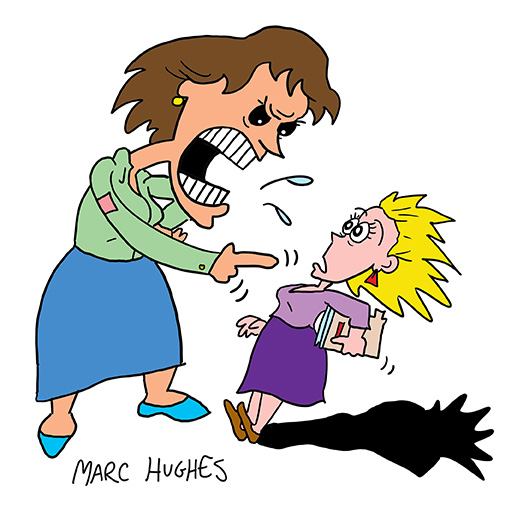
This is the person who prefers a public setting to stage their “showtime.” They are controlling the emotional climate. Fear felt by targets and witnesses is the goal. That way, everyone is afraid to confront them. They yell, scream and curse. Though they are the stereotype bully, they are rare.
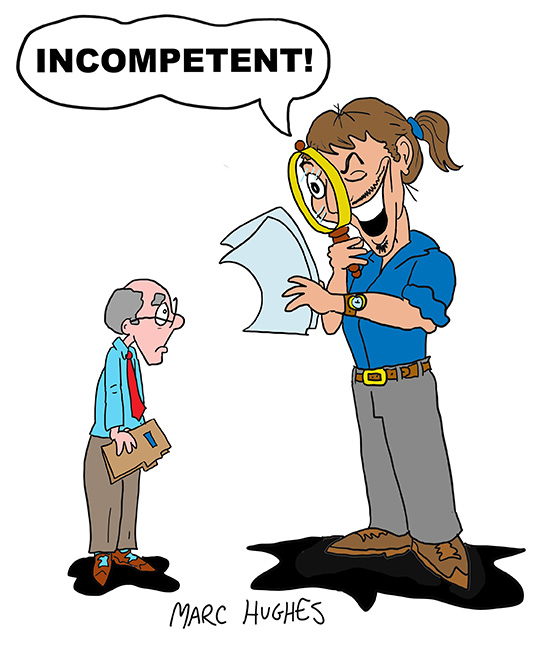
Constant
Critic
This one draws its targets behind closed doors. There they can threaten and intimidate without witnesses. Most shocking is that they target the most competent, veteran, go-to worker and claim that that target is incompetent. The stunning big lie freezes the target. If they are ever reported, they deny what they said and did. To HR, it becomes a she said/she said unsolvable problem. Their favorite tactic is to manufacture a false performance appraisal. They seek to control the target’s self-identity, lending new credence to the phrase that they “get inside your head.”
Two-Headed
Snake
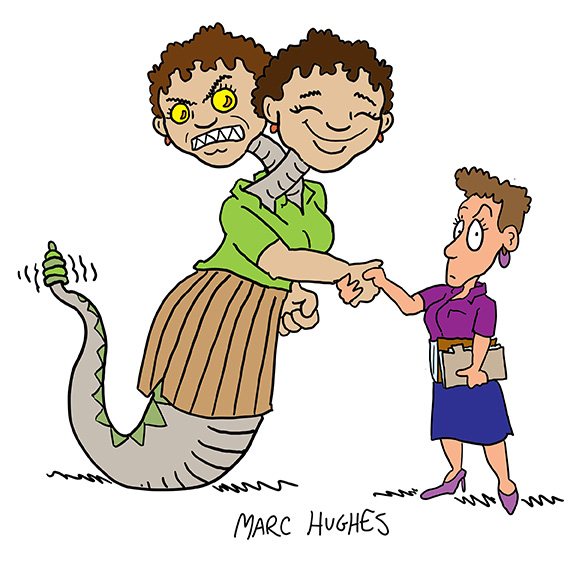
A smarmy Jekyll-Hyde, duplicitous person. One moment your lunch buddy and a hugger. Right after, they stab you in the back. They are intent on controlling your reputation. To destroy it, they either start, or fail stop, rumors about you. This critter is very difficult to catch unless someone tells you what the snake has said about you.
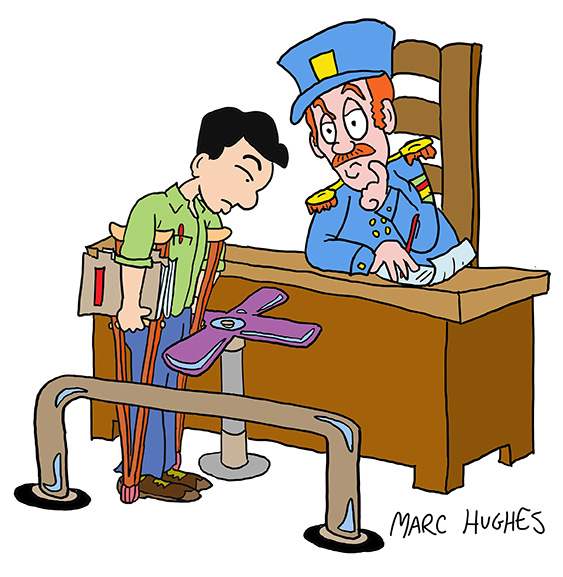
Gatekeeper
The first three types do things to people. They commit acts of commission. Gatekeepers bully by withholding resources you need to succeed. Their dirty tricks are acts of omission. What do you need? Time to do the job? It’s denied by an impossible deadline. Information? You are blocked from using computers and search services. Furthermore, your colleagues have been ordered to not help you with anything. New job and you need training. No training for you. No budget. Though the department party is paid for. Need light duty coming back from surgery as the doctor ordered? No way. Management knows best and if you don’t return immediately to full duty, you will be fired.
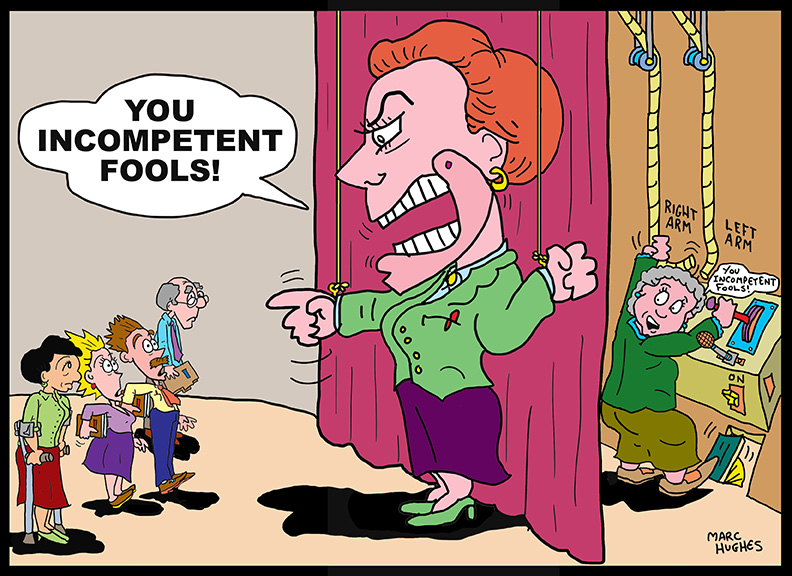
We believe a majority of bullies adopt the tactics of bluster and bravado as a cover, a mask, for some underlying deficiency. In other words, bullying is a compensatory set of behaviors meant to overcome something lacking — technical competence, empathy, or even fraud and theft. The fearful image is designed to distract all of us from seeing the bully’s hidden truth. It’s the Wizard of Oz aspect to bullying. And you, dear Target, are Toto, the one who dares to pull back the curtain revealing the weasel within. We warn targets to not dwell on discovering the soul in the apparently soulless person. It is a waste of your time. Time wasted means getting sicker from stress caused by the manipulative creep. They are not worth your health.
Common Tactics
Percentages are targets’ reporting what they experienced on an online WBI survey.

Gaslighting
It’s the act of undermining another person’s reality by denying them the right to believe both their personal feelings and facts as they actually are. Gaslighting falls in the Constant Critic family of bully types. They are trying to tell you that you are different than the person you know yourself to be. It is cruel and potentially traumatizing.
It’s hard to recognize because of the deliberate confusion conjured by the bully. Remarkably you find yourself always apologizing for your behavior. You think you are being too sensitive. You’re not happy. You wonder if you are good enough.
The very ones who are making you confused and feeling crazy say: “Stop acting crazy” “You are just paranoid” “You are so insecure” “You are so dramatic” “That never happened” “You are so ungrateful.”
Profile of Dark Personalities
I credit the pioneering work of Dr. Paulhus at the University of British Columbia who described a trio of personality traits that when expressed subclinically (as seen in normal people without the clinical diagnosis of having a personality disorder and are not in jail or in mental institutions) form what he and colleagues call the “Dark Triad.” I have borrowed the Triad to profile workplace perpetrators given the havoc they wreak on other people and organizations. Here are the three traits:
As with all personality, we believe that work environments must provide the opportunity to agress against others. In other words, workers are pitted against each other either by external market forces or by deliberate management strategies, a favorite tactic of female bullies to tear apart the social fabric of a work team. People with a dark personality will react to those cues with destructive behavior toward coworkers or non-supervisory workers. Targets may see the cues but do not possess the traits that enable the exploitation of others. As a social psychologist, I can say that when predicting behavior, there is always a mix of contributory factors — personality and work environment. Research evidence points to the power of workplace culture over personality of individuals. The findings show that good people can be made to do antisocial things with very little prodding or provocation.
Employers are getting conned if they think they are adequately address bullying with personality-driven “solutions” such as an anger management class. Better to fix the work environment, though it takes more work and brainpower.
Psychopaths
I know all targets are eager to brand bullies as certifiable psychopaths. Slow down. The guru of psychopathy, Robert Hare, PhD, would require testing them using his checklist, the PCL-R. There are 20 traits in the profile including glibness, pathological lying, lack of remorse, poor behavioral controls, irresponsibility and others. However, the one trait — need for stimulation, proneness to boredom — makes it difficult to imagine the psychopath agreeing to routine work hours and scheduled meetings. That’s why Hare originally thought (in his seminal book written in the 1990s, Without Conscience) psychopathy could only be applied to free-roaming CEOs. However society has devolved to become crueler, transforming the contemporary workplace into a war zone. More recently, Hare co-authored the book Snakes in Suits: When Psychopaths Go To Work. Subsequent research indicates that psychopathy among managerial ranks is as high as 25%. I suggest you locate and view the documentary The Corporation. It applies Hare’s psychopathic traits to corporate behavior. And it fits well. Certainly if an employer acts globally as a psychopath would, one can assume that bullying would be nearly mandatory in order to survive in that culture.
In the book, Almost A Psychopath, the authors point out that many high-profile corporate leaders and entrepreneurs are quite successful and compensated psychopaths. Though the national prevalence may only be between 2-3%, there is an over-representation among the celebrated elites in business, the academe, medicine and politics. What does granting reverence for these miscreants, destructive, antisocial people say about us?

